teacher
Newly Enlightened
Good for you!!! :thumbsup: :goodjob:Thanks for the feedback guys!
After much homework, the Maha Powerex Wizard One MH C9000 is what I am going with.
You won't....I have feeling I will not be disappointed.
Last edited:
 Help Support Candle Power Flashlight Forum
Help Support Candle Power Flashlight Forum
Good for you!!! :thumbsup: :goodjob:Thanks for the feedback guys!
After much homework, the Maha Powerex Wizard One MH C9000 is what I am going with.
You won't....I have feeling I will not be disappointed.
Cycle as in.....run a discharge first....then run a break in....correct?
There's a cycle function that will charge, discharge as many times as you want. I would do the cycle 3x and then if needed run a discharge before doing the break-in.
So after reading this entire thread, there is no top off charge after the break in mode.
What modes do top off and what would be the best way to top off batteries that have just finished the BI mode?
Seems like a bit of an oversight to omit this on the BI mode, unless it would skew the final capacity numbers?
Although charge efficiency of NiMH varies with the state of charge, the overall efficiency is approx. 66% at 0.1C so you need approx. 15 hours.As I recall, it charges at 0.1 C (or 10% of cell capacity) for 16 hours. I believe in most situations, your cell would be fully charged under these conditions in about 10 hours (!0% x 10 = 100%).
Although charge efficiency of NiMH varies with the state of charge, the overall efficiency is approx. 66% at 0.1C so you need approx. 15 hours.
Thanks Tom.
I tried once to use the stupid charger to charge for 2 hours on my "High" Imedion, after that, go through the "Refresh/Analyse" option. It only restored around 10% of the capacity. With the "high" battery, you will not be able to charge/discharge the battery. The C9000 do not allow you to proceed further.
I guess time for me to get new eneloop batteries. :twothumbs
 ; regarding the screw posts, there it was a matter of Chinese plastic material quality, not of the construction. The screw posts had the standard engineering construction and had thick wall thickness, even though the construction was revised in June '16 to sport even thicker wall thickness.
; regarding the screw posts, there it was a matter of Chinese plastic material quality, not of the construction. The screw posts had the standard engineering construction and had thick wall thickness, even though the construction was revised in June '16 to sport even thicker wall thickness.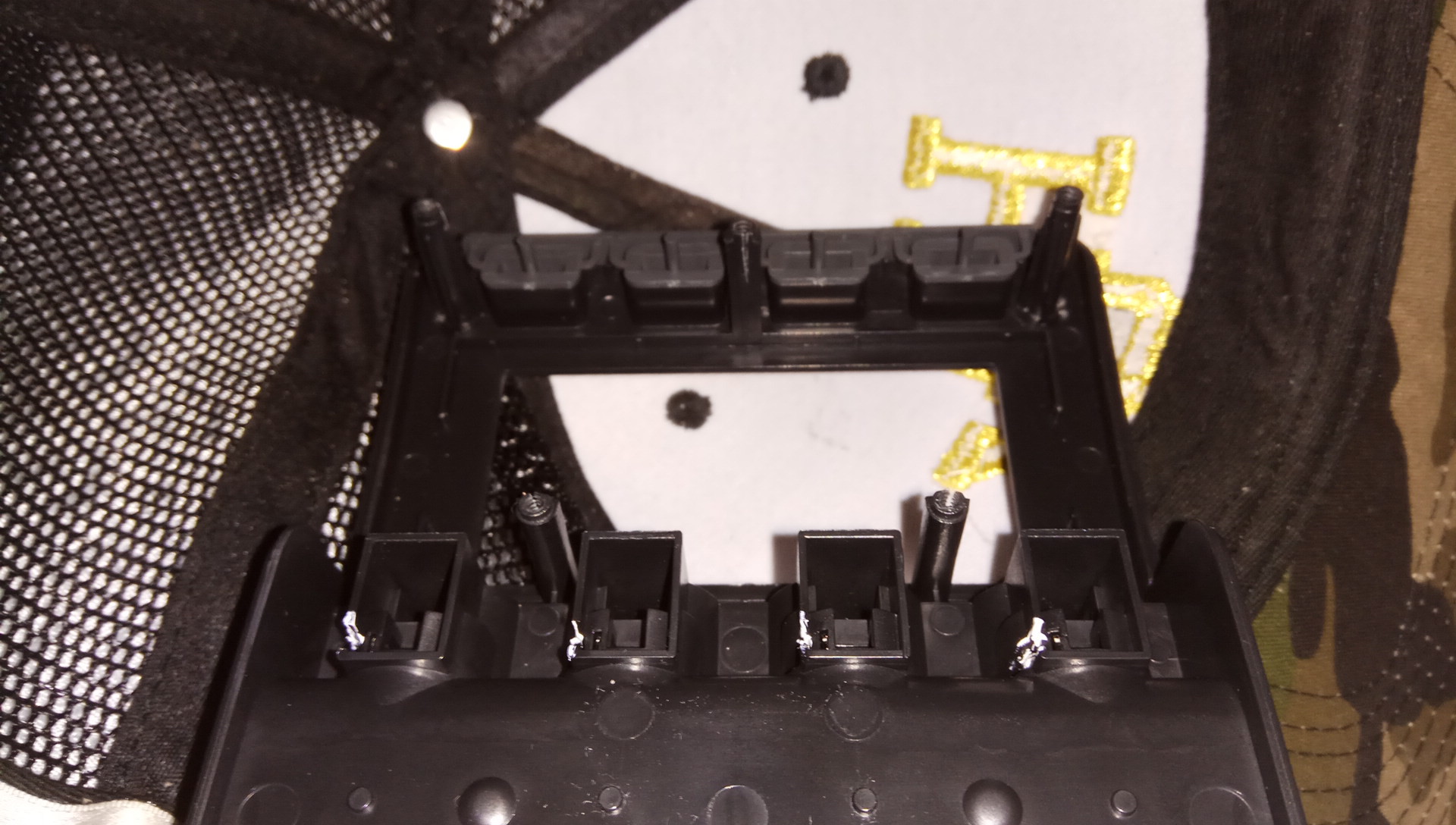

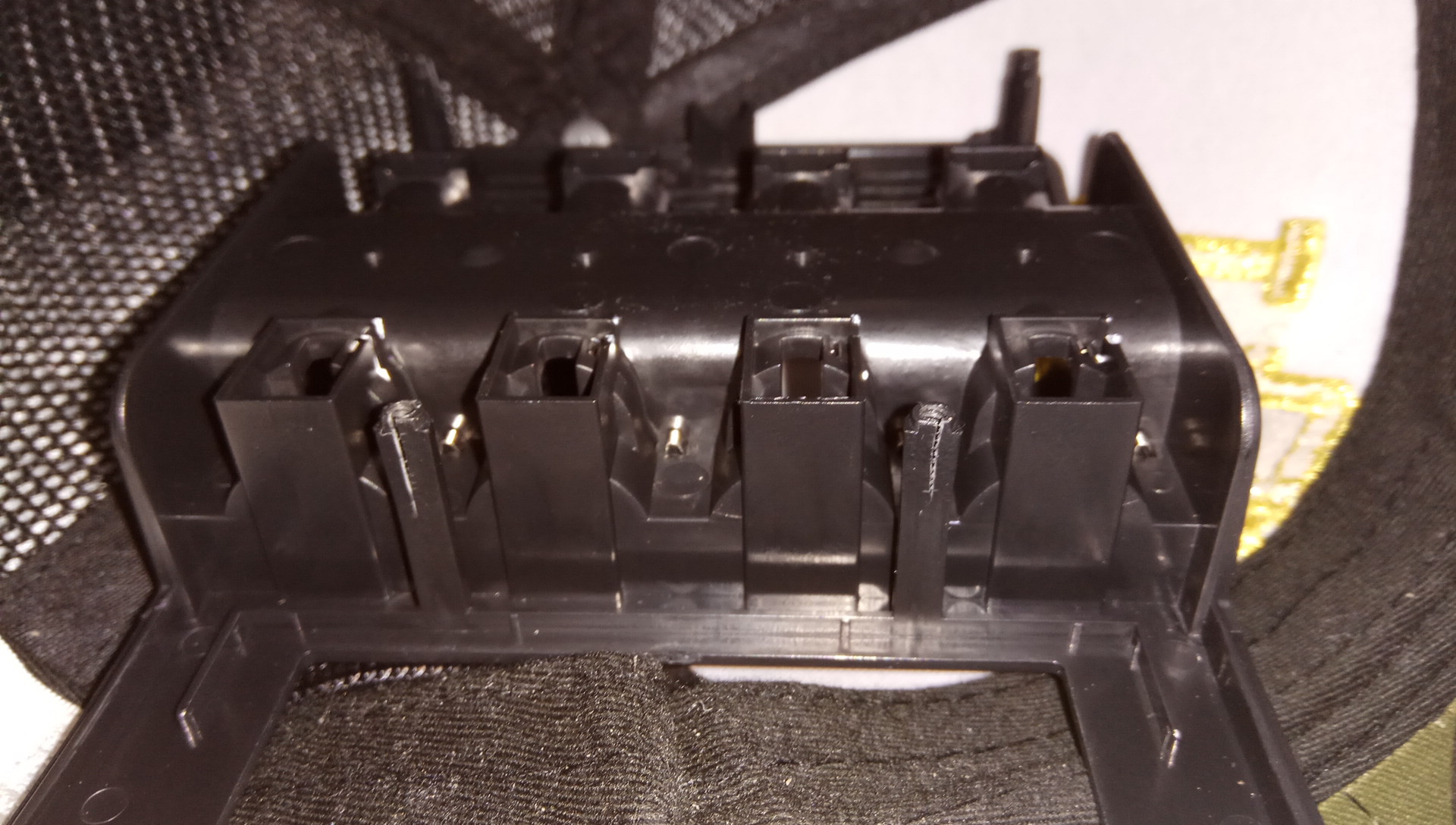
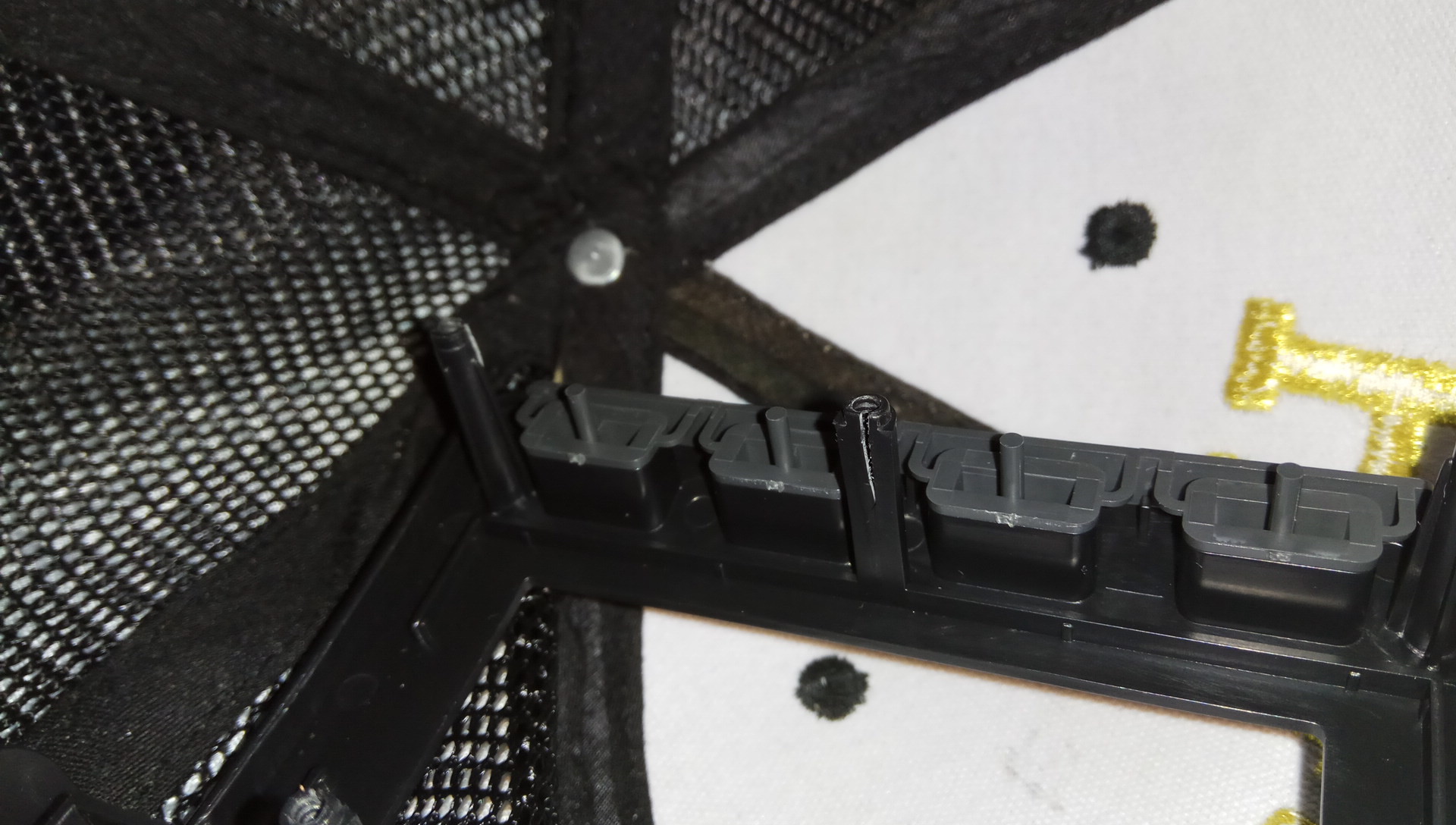

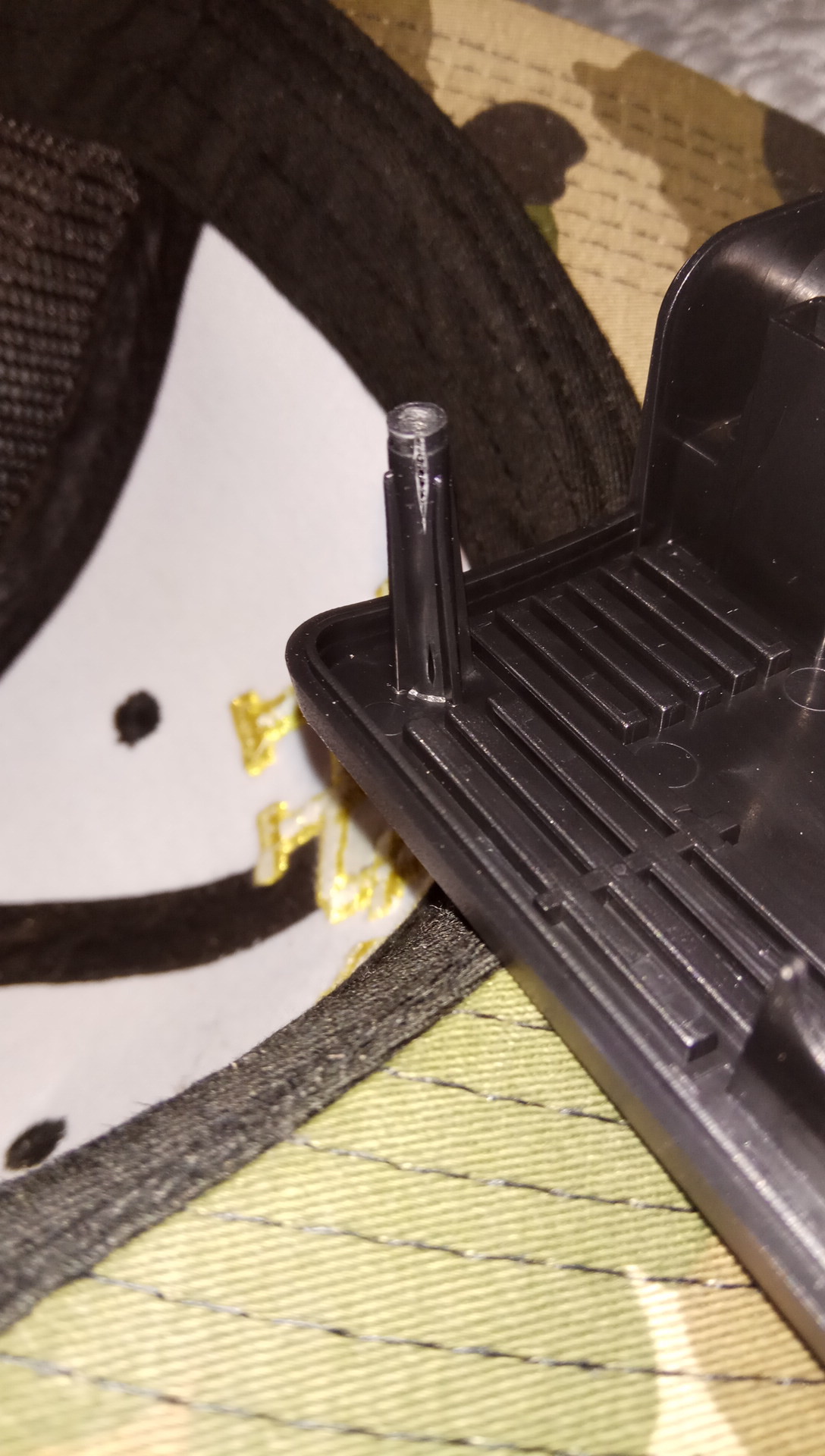
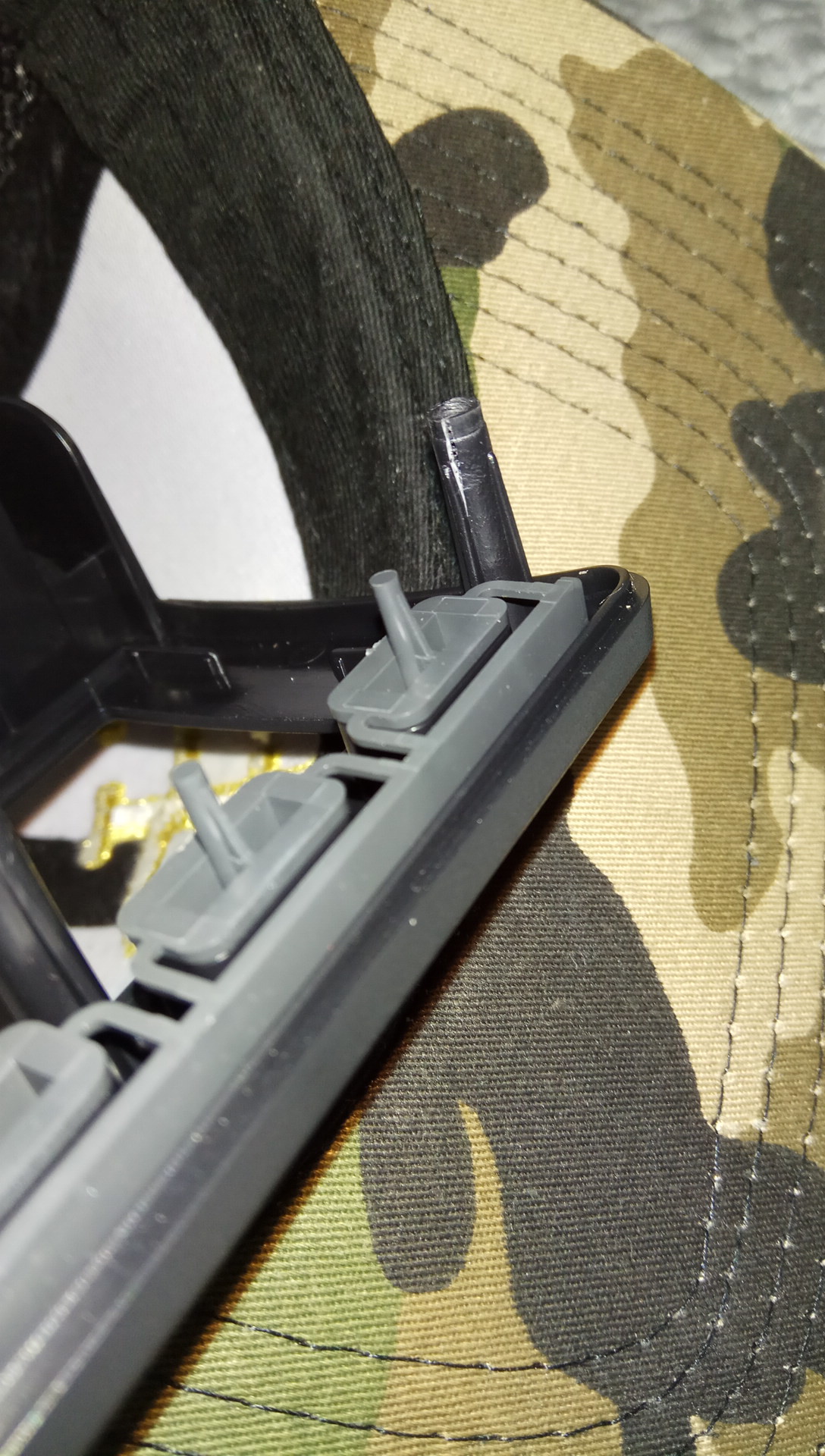
I just picked up my 2nd MH-C9000 today. I figure, with Refresh/Analyze taking ~10 hours and Break-in taking nearly 40, I can do twice as many batteries per day/week with 2.
This is interesting though: the first one I got (from an Amazon seller), has a serial code of 0Q0GA. Based on an earlier post I found indicating that "K" in the 2nd position signified a 2011 manufacture date, that would make this unit made in 2017, so pretty much a brand-new one. The 2nd one, which I got today, I picked up at a local Batteries+Bulbs store, since I didn't want to wait for shipping, has a serial code of 0J0CA. 2010!? It sat on a shelf or a warehouse for 7-8 years? Wow... it seems to work fine though. The LCD on the 2nd (older) unit is slightly darker and doesn't have as much of a blue cast to the backlight. I don't know if any other notable differences there are, in firmware or whatever, between 2011 and 2017. The guy at the store also said the MH-C9000 was discontinued, though I don't seem to see this indicated anywhere on the internet... maybe he meant the store was going to stop carrying them.
Thoughts?